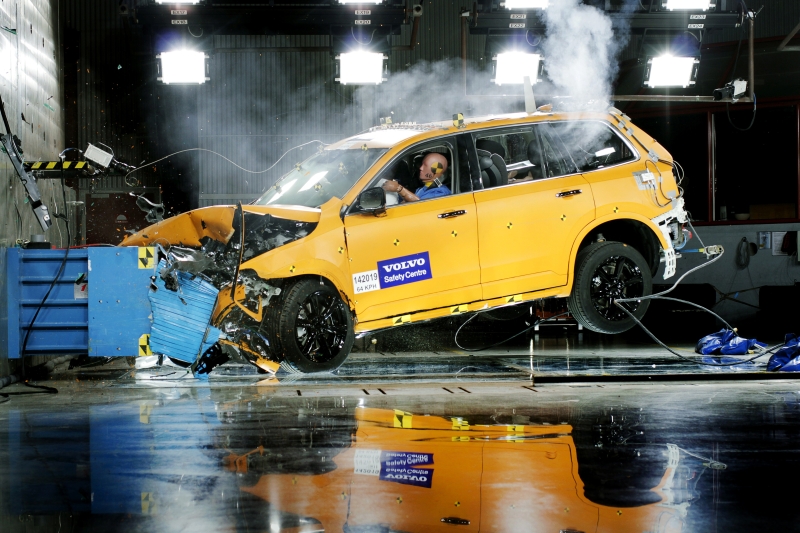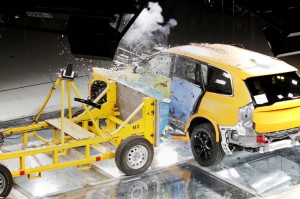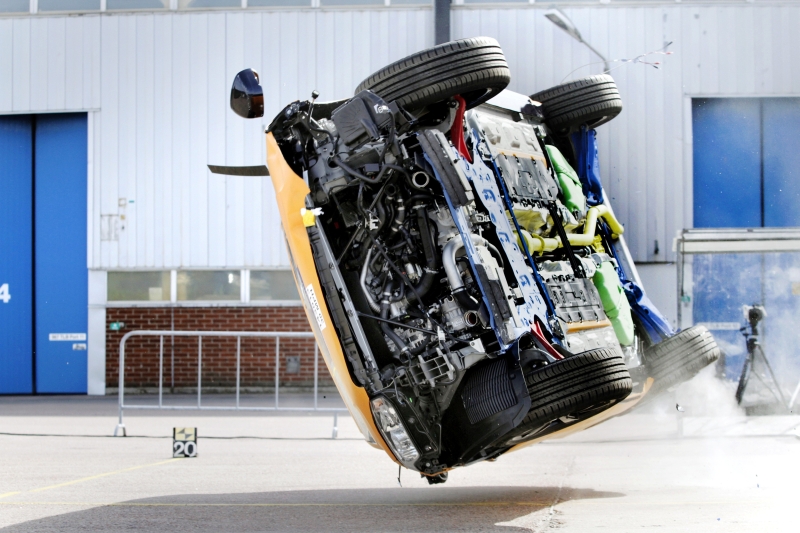NCAP

Not many people are aware of the NCAP or New Car Assessment Programme. Those who are have their knowledge limited to the star ratings which are advertised. Yes, a new car may have five stars, but does that make it the safest car in the world? No. Here’s why. The NCAP is a set of standards for front, side and angular impact tests, which use certain parameters to determine how cars perform or respond to crashes. Their stars are awarded based on those parameters. Now, what if we were to tell you that those parameters are just about basic and hardly delve into what Volvo have been using for decades?

Volvo have been performing crash-tests with crash-test dummies at their safety test centre for many years. That statement may not sound like anything different. Now, we look into the details. The crash-tests are conducted at much higher speeds and at more angles than any other car manufacturer. The crash-test dummies are not just those of ordinary adults, but also children and pregnant women – which no other manufacturer has used before, not even the hallowed premium names. Furthermore, the safety test centre itself has a massive moving channel: a piece of construction which allows Volvo to perform crash-tests anywhere between 90º and 180º – front or rear – making every angle of impact exposed to experimentation. In case you haven’t processed that information, imagine half of a huge, long building moving on quarter-circle rails.

For example, the oblique or side-angle crash-test has been made a norm by Euro NCAP in 2014. Volvo have been performing this test, along with several others, since 1991 – as many as 23 years before it became a mandate. More perspective? India still does not recognise the oblique crash-test as an essential aspect of safety testing.

Another consideration is speed, or, simply, rate of movement. People think of five km/h as nothing. However, basic physics is at play every step of the way. The human body weighs much more when in motion than at rest. If you weigh 70 kg, at five km/h an hour you weigh much more. At 20 km/h, you would weigh 1,700 kg. Understand it like this: a simple revolver bullet weighs just a few grams at rest. If one person throws it at another, it will sting and cause some pain, but won’t penetrate or injure severely. Shoot that very bullet at a high speed, and the result is common knowledge. Similarly, at 80 km/h, your body weighs more than your big SUV does at rest. Common physics: mass at rest, mass in motion, mass at high velocity; it’s all about comprehending the implications of speed.




















